The weather/strike rebound in jobs as expected.
Nonfarm payrolls rose by 227,000 in November, mostly from a recovery from the regional job shock as a result of the fall’s hurricanes and the end of the strike at Boeing. October payrolls were revised a bit higher (from +12,000 to +36,000), but clearly showed the negative effects of the storms and the strike. A better view of recent underlying job gains is probably to average the past two months – resulting in a two-month average of 131,500. This suggests that payroll gains are slowly ebbing but remain at a reasonably strong pace. Over the past eight months, payroll increases have averaged 148,000. Average hourly earnings moved a bit higher with a monthly gain of 0.4 percent, keeping the 12-month trend rate at 4.0 percent. Over the past three months, however, the trend rate has averaged closer to 4.5 percent. This pace of wage gains is more consistent with an underlying pace of inflation of around 3.0 percent, rather than the Fed’s long-term goal of 2.0 percent (unless productivity growth is stronger than most analysts think).
The household survey showed that the U-3 unemployment rate ticked up to 4.2 percent, not much changed over the past six months.
We have pointed out that there are three important economic data points that the Fed will concentrate on in its December interest rate decision: October PCE inflation, the November jobs report, and the November CPI release. The PCE inflation figures were as expected, but it continued to show that inflation declines have leveled off above the Fed’s 2.0 percent goal. The employment report was also about as expected, with still above-trend job growth and wage gains that suggest some pressure on prices. Despite no further progress toward the Fed’s 2.0 percent inflation goal, markets have increased their expectations of a 25 basis point rate cut at the December FOMC meeting – now up to nearly 84 percent. Next week’s CPI figures will be important, but unless there is a jump in the November inflation data, it is unlikely that the Fed will want to surprise markets by not easing on December 18. But we are likely to see a bit less expected easing for 2025 in the FOMC’s Separate Economic Projections (SEPs, or the “dot plots”). In our view, however, it would be better for the Fed to put off the December cut, pausing to see what the data look like in early 2025 before deciding to ease again.
David W. Berson, Ph.D.
Chief US Economist
Email | Bio
Links to other websites or electronic media controlled or offered by Third-Parties (non-affiliates of Cumberland Advisors) are provided only as a reference and courtesy to our users. Cumberland Advisors has no control over such websites, does not recommend or endorse any opinions, ideas, products, information, or content of such sites, and makes no warranties as to the accuracy, completeness, reliability or suitability of their content. Cumberland Advisors hereby disclaims liability for any information, materials, products or services posted or offered at any of the Third-Party websites. The Third-Party may have a privacy and/or security policy different from that of Cumberland Advisors. Therefore, please refer to the specific privacy and security policies of the Third-Party when accessing their websites.
Sign up for our FREE Cumberland Market Commentaries
Cumberland Advisors Market Commentaries offer insights and analysis on upcoming, important economic issues that potentially impact global financial markets. Our team shares their thinking on global economic developments, market news and other factors that often influence investment opportunities and strategies.

